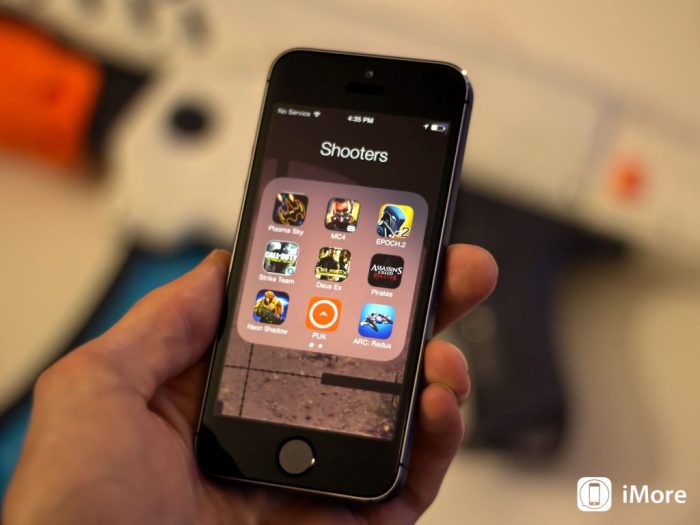Best iPhone Games for 5-Year-Olds A Parents Guide
Finding engaging and educational apps for young children can be a challenge. This guide dives into the best iPhone games for 5-year-olds, offering a crucial look at age-appropriate content and educational value. Parents seeking interactive learning experiences for their children will find valuable insights here, as we explore the key criteria for selecting games suitable for this crucial developmental stage.
Beyond mere entertainment, these games can significantly impact a child’s cognitive development. We’ll examine the educational benefits, exploring how games foster problem-solving, creativity, and fine motor skills. The focus is on gameplay mechanics, intuitive controls, and age-appropriate difficulty levels, providing a comprehensive overview to help parents make informed choices.
Best iPhone Games for 5-Year-olds
The iPhone has become a ubiquitous tool for entertainment and learning, particularly for younger audiences. For parents seeking engaging and educational options for their 5-year-olds, navigating the vast digital landscape can be challenging. This article provides a curated overview of top iPhone games, emphasizing age appropriateness and educational value, while highlighting crucial design elements that enhance learning and enjoyment.
Introduction to the Topic

Selecting age-appropriate games is paramount for a positive digital experience. Games for 5-year-olds should foster development without compromising safety or well-being. A crucial factor in selection is considering the educational value. Does the game promote problem-solving, cognitive development, or creativity? Games should be evaluated based on their educational value and alignment with the child’s developmental stage. Common themes and genres that resonate with this age group include puzzles, educational simulations, and interactive stories.
Educational Benefits

Engaging with age-appropriate iPhone games can provide numerous educational benefits. These games often incorporate interactive elements, which can promote cognitive development, problem-solving skills, and creativity in a fun and engaging way. Examples include games that teach basic math concepts through colorful puzzles or games that encourage storytelling through interactive characters and scenarios. These games can also enhance learning in various areas, including language development, fine motor skills, and social-emotional intelligence.
Furthermore, well-designed games can improve fine motor skills through actions like dragging, tapping, and swiping. These actions contribute to developing hand-eye coordination and dexterity. Games that feature detailed artwork and responsive controls provide visual and tactile stimulation, encouraging exploration and active learning.
Gameplay Mechanics and Design
The design of iPhone games plays a significant role in their effectiveness for 5-year-olds. Games should be designed with intuitive controls and user-friendly interfaces. Age-appropriate difficulty levels are essential to avoid frustration and encourage progress. Effective game design approaches incorporate simplicity, clear instructions, and positive reinforcement. The following table Artikels various game mechanics and their suitability for 5-year-olds.
| Game Mechanic | Description | Suitability for 5-year-olds | Explanation |
|---|---|---|---|
| Matching Games | Requires users to identify and pair similar objects or images. | High | Develops visual discrimination and memory skills. |
| Puzzle Solving | Involves arranging pieces to complete a picture or pattern. | Medium to High | Enhances problem-solving skills and spatial reasoning. Adjust difficulty based on the child’s experience. |
| Drag-and-Drop | Requires users to drag and drop objects into designated areas. | Medium | Develops fine motor skills and object recognition. Ensure clear visual cues for placement. |
| Touch-Based Interaction | Involves interacting with elements through touch. | High | Encourages exploration and interaction. |
| Story-Driven Gameplay | Games with a narrative, guiding the user through interactive storytelling. | High | Promotes language development, imagination, and social-emotional learning. |
